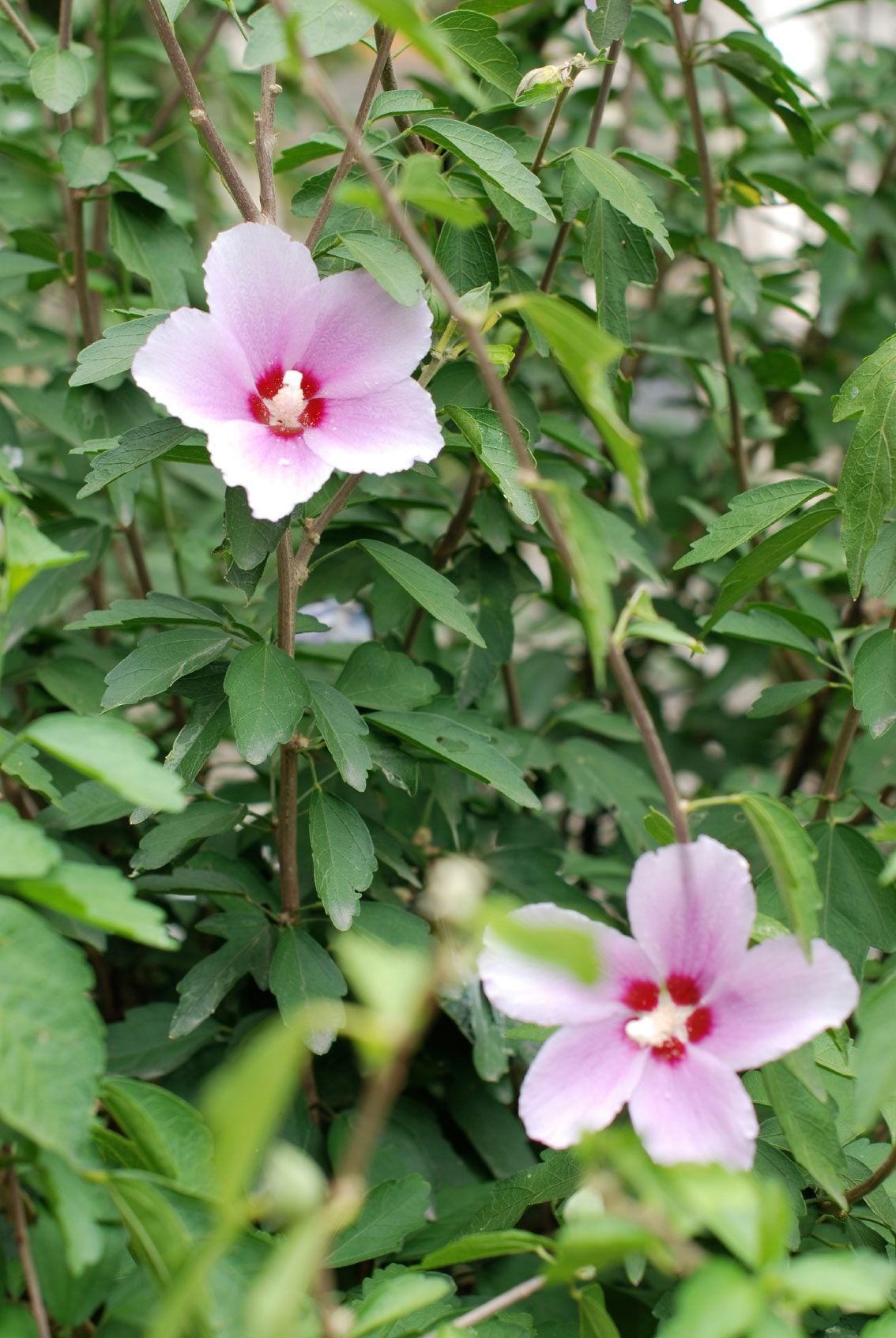Moving Hibiscus Plants: Tips For Transplanting Hibiscus


Your landscape is an ever-evolving work of art. As your garden changes, you might find that you have to move large plants, such as hibiscus. Read on to find out how to transplant a hibiscus shrub to a new place in the garden.
Hibiscus Transplant Info
There are two tasks you want to complete before moving hibiscus plants:
- Start digging the planting hole in the new location. Getting the shrub quickly planted in the new location reduces moisture loss and the chance of transplant shock. You will probably have to adjust the size of the hole when you are ready to plant, but getting it started gives you a head start. The planting hole should be as deep as the root mass and about twice as wide. Place the soil you remove from the hole on a tarp to make backfilling and cleanup easier.
- Cut the shrub back to about one-third of its size. This may seem drastic, but the plant will lose some of its roots to damage and shock. A reduced root mass won't be able to support a large plant.
When to Move Hibiscus
The best time to move a hibiscus is after the flowers fade. In most parts of the country, hibiscus shrubs finish blooming in late August or September. Allow enough time for the shrub to become established in the new location before freezing temperatures set in.
Moisten the soil and then dig a circle around the shrub. Start digging 1 foot (0.3 m.) out from the trunk for every inch of trunk diameter. For example, if the trunk is 2 inches in diameter (5 cm.), dig the circle 2 feet (0.6 m.) out from the trunk.
Once you have removed the soil all the way around the roots, drive a shovel under the roots to separate the root ball from the soil.
How to Transplant a Hibiscus
Place the shrub in a wheelbarrow or cart to move it to the new location. To avoid damage, lift it from under the root ball. Place the shrub in the hole to judge the depth. The top of the soil should be even with the surrounding soil. Transplanting hibiscus into a hole that is too deep may cause the lower part of the trunk to rot.
If you need to add soil back to the hole, press it down firmly with your foot to create a firm seat. Hibiscus shrubs grow best in the long run if you use the soil you removed from the hole as backfill. If the soil is poor, mix in no more than 25 percent compost.
Sign up for the Gardening Know How newsletter today and receive a free copy of our e-book "How to Grow Delicious Tomatoes".
Fill the hole one-half to two-thirds full and then fill with water. Press down firmly with your hands to remove any air pockets. After the water soaks through, fill in the hole until it is level with the surrounding soil. Don't mound the soil around the trunk. Water the shrub slowly and deeply.
It needs lots of moisture during the first four to six weeks after transplanting, so you'll have to water every two to three days in the absence of rain. You don't want to encourage new growth, so wait until spring to fertilize.

Jackie Carroll has written over 500 articles for Gardening Know How on a wide range of topics.